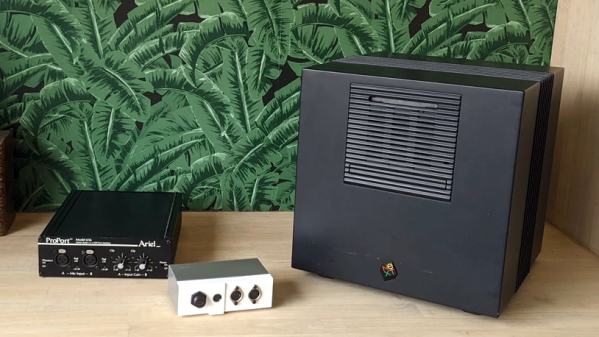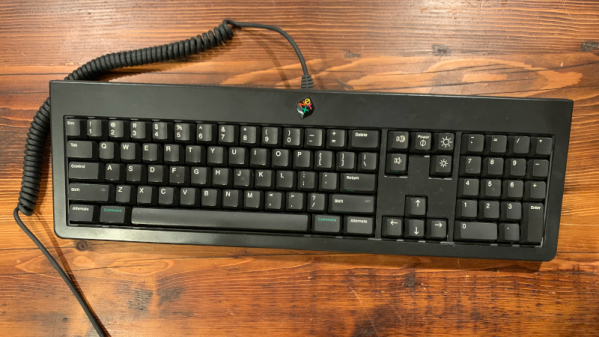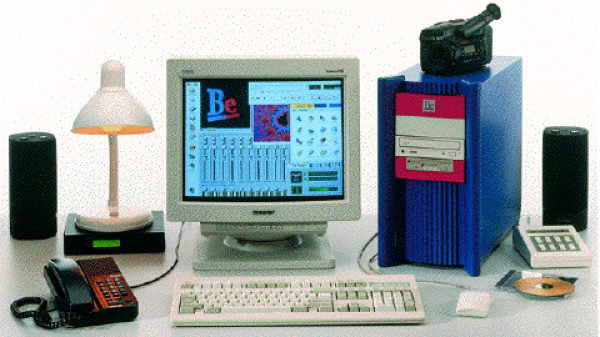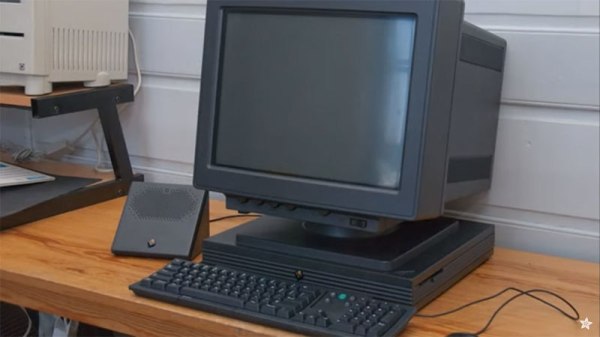There’s now an official Raspberry Pi keyboard and mouse. The mouse is a mouse clad in pink and white plastic, but the Pi keyboard has some stuff going for it. It’s small, which is what you want for a Pi keyboard, and it has a built-in USB hub. Even Apple got that idea right with the first iMac keyboard. The keyboard and mouse combo are available for £22.00
A new Raspberry Pi keyboard and a commemorative 50p coin from the Royal Mint featuring the works of Stephen Hawking? Wow, Britain is tearing up the headlines recently.
Just because, here’s a Power Wheels Barbie Jeep with a 55 HP motor. Interesting things to note here is how simple this build actually is. If you look at some of the Power Wheels Racing cars, they have actual diffs on the rear axle. This build gets a ton of points for the suspension, though. Somewhere out there on the Internet, there is the concept of the perfect Power Wheels conversion. There might be a drive shaft instead of a drive chain, there might be an electrical system, and someone might have figured out how someone over the age of 12 can fit comfortably in a Power Wheels Jeep. No one has done it yet.
AI is taking away our free speech! Free speech, as you’re all aware, applies to all speech in all forms, in all venues. Except you specifically can’t yell fire in a movie theater, that’s the one exception. Now AI researchers are treading on your right to free speech, an affront to the Gadsden flag flying over our compound and the ‘no step on snek’ patch on our tactical balaclava, with a Chrome plugin. This plugin filter’s ‘toxic’ comments with AI, but there’s an unintended consequence: people want need to read what I have to say, and this will filter it out! The good news is that it doesn’t work on Hackaday because our commenting system is terrible.
This week was the 30th anniversary of the World Wide Web, first proposed on March 11, 1989 by Tim Berners-Lee. The web, and to a greater extent, the Internet, is the single most impactful invention of the last five hundred years; your overly simplistic view of world history can trace modern western hegemony and the reconnaissance to Gutenberg’s invention of the printing press, and so it will be true with the Internet. Tim’s NeXT cube, in a case behind glass at CERN, will be viewed with the same reverence as Gutenberg’s first printing press (if it had survived, but you get where I’m going with this). Five hundred years from now, the major historical artifact from the 20th century will be a NeXT cube, that was, coincidentally, made by Steve Jobs. If you want to get your hands on a NEXT cube, be prepared to pony up, but Adafruit has a great authorial for running Openstep on a virtual machine. If you want the real experience, you can pick up a NeXT keyboard and mouse relatively cheaply.
Sometimes you need an RCL box, so here’s one on Kickstarter. Yeah, it’s kind of expensive. Have you ever bought every value of inductor?


















